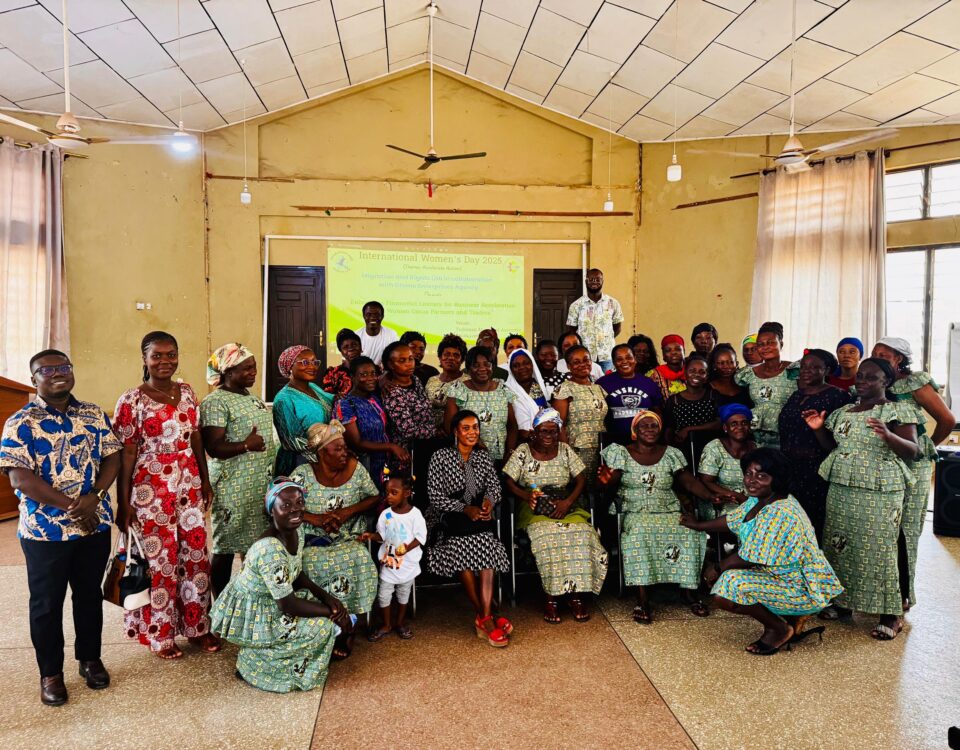
New U.S. Travel Ban and Implications for Africa Summarised
February 5, 2020
Panic Buying As COVID-19 Spreads
April 27, 2020Migration continuous to increase globally. Currently there is about 258 million migrants in the world representing about 3% of the world’s population who leave in countries either than where they were born. Discussions on migration has dominated the world stage often focusing on north south migration although there is a lot more people migrating internally within sub-regions. Migration has different consequences for migrants, transit and host countries. The sometime hostile and abusive environments in which migrants find themselves during transit or in the destination countries and the increasing need to harness the developmental benefits of migration has led to the need to streamline global governance of international migration.
Global governance of migration is the set of international norms, rules, principles, procedures and structures that regulates and facilitates States response to migration. They exist above and beyond the level of a single nation-state (Betts, Global Migration Governance, 2011). Globally, while some countries have been receptive to migrants others have not been so receptive.
Theories have largely influenced the responses of countries to migration management thereby putting international conventions in jeopardy. For instance, the theory of Neo-realism emerged from the work of Kenneth Waltz. The realist believe that the prospects for international cooperation were limited and that states should act to safeguard their own interest. Realism theory in itself does not offer much in the state of global governance on migration. It concerns itself with hard power and the politics of security. The global North, mostly developed and largely migrant receiving states were reluctant in bringing issues of migration onto the United Nations.
In the period after the Cold War, the earliest mention of a UN global intergovernmental conference on international migration appears to be in a resolution adopted by the General Assembly on December 20, 1993 (Joseph Chamie and Barry Mirkin, 2013). Although International migration became a topical issue after resolution RES/48/113 convened a United Nation Conference for the comprehensive consideration of all categories of migrants including refugees, returnees and migrants, there was sharp difference between migrant sending and receiving countries. At the Cairo conference in 1994, polarization between predominantly migrant-sending and receiving states led to a deferral of the debate about organizing a possible conference on migration and development. A significant new multilateral treaty to emerge on migration after the Cold War was the International Convention on the Rights of All Migrant Workers and their Families (ICRMW) of 1990.
Another theoretical approach, institutionalism, focuses on the increasingly cooperation between States on a range of issues which were not necessarily on building national might. It attributed this increasing cooperation to the proliferation in international institutions, which enabled States to acquire mutual benefits from international cooperation (Keohane, 1984).
With the understanding that States can corporate for mutual benefits in international cooperation, international institutions create common values and structures to enable states overcome challenges collectively through these structures in the hope that other states will act in good faith. Such cooperation resulting in a win-win situation for both origin, transit and destination countries of migrants and to the migrants themselves and their families. For example, from institutionalist perspective, states agreed to create the 1951 Refugee Convention because they believed that its existence would serve their own interests. They believed that the regime would: offer security by reintegrating the displaced within the state system; and fulfil a humanitarian function. States are therefor working to create an international regime to build long term confidence for cooperation.
This new understanding of international cooperation on issues of migration has resulted in creation of Regional Consultative Processes (RCP) and United Nations initiatives. Regional Consultative Processes model may be built by states who are not necessarily in the same geographic space but more on issues affecting their common interest. The purpose is more of facilitating the sharing of best practices rather than on binding agreements. Some notable RCPs include Intergovernmental Consultations on Asylum and Immigration (IGC) established in 1985 is one of the earliest ones. Others are Regional Consultative Mechanism RCM) for Central America, Mexico and the U.S.
In the years following regional consultative processes and other multilateral conferences, the focus of migration shifted towards migration and development. From 2007 to present, the momentum on establishing institutions has grown. With ongoing North-South polarisation on key elements of multilateral migration governance, the creation of the Global Forum on Migration and Development (GFMD) enabled states to partake in parallel institutional conversations outside of the UN framework. Series of high-level dialogues also led to adopting the UN General Assembly resolution on ‘Transforming our World: the 2030 Agenda for Sustainable Development’. These efforts culminated in the New York Declaration for Refugees and Migrants in 2016. This established the political will of member countries of the UN to act to protect refugees and migrants. The Global Compact on Safe, Orderly and Regular Migration of 2018 further strengthen the resolve on the United Nations and member states to protect migrants
Despite a period of global uncertainties on the benefits and dangers of migration, global efforts have improved significantly over the years. From period of acrimonies views and the lack of willingness to act mostly spearheaded by differing theories and perspectives some common ground has been found in the Global Compact on Safe, Orderly and Regular Migration. Although some countries have not signed on to the compact, states like the United States of America, Australia among others, the Compact represents a comprehensive international norms and institutions to act to protect migrants if fully implemented by UN member countries.


